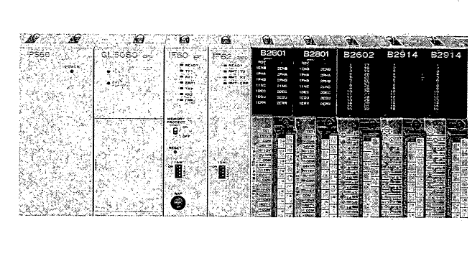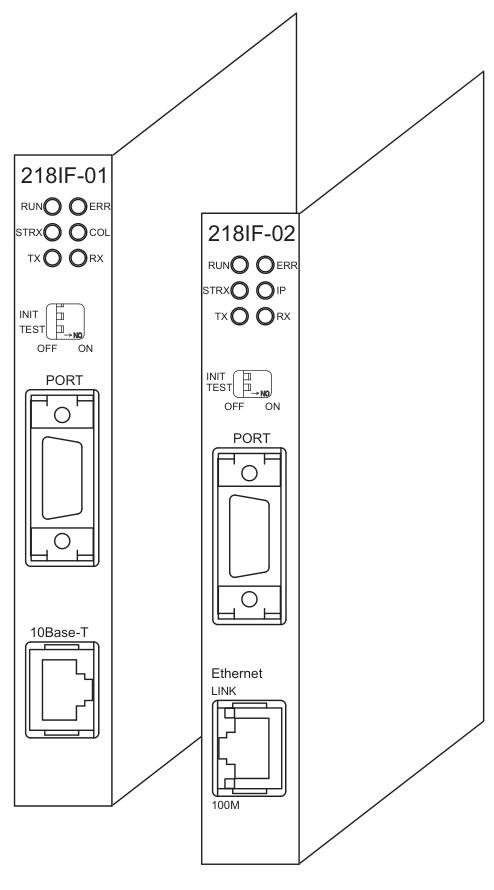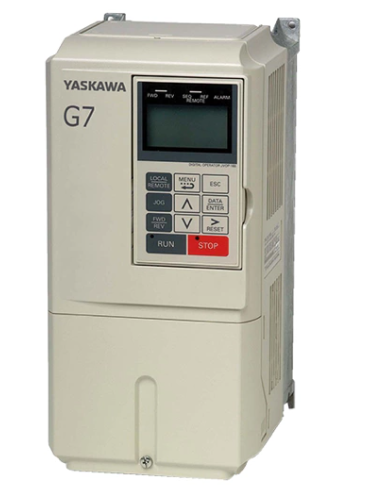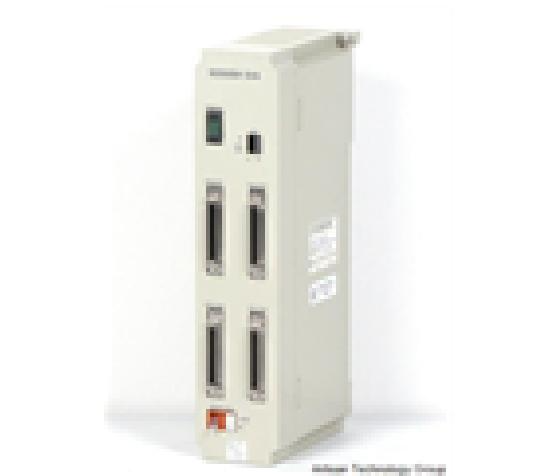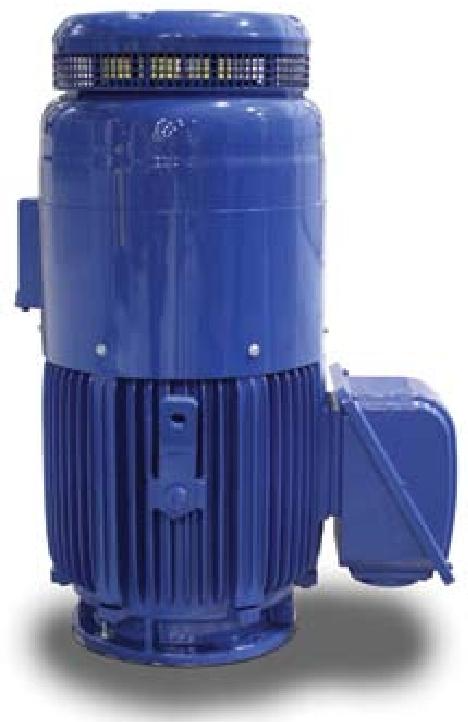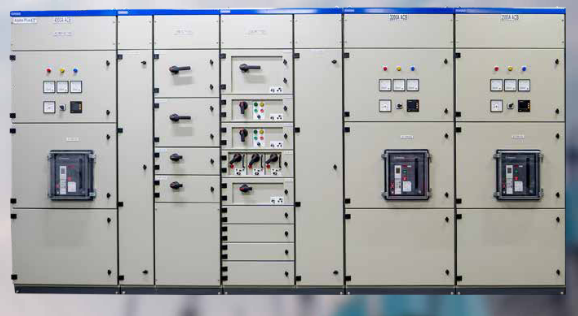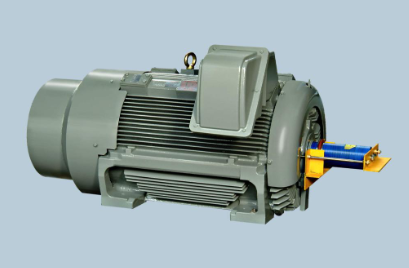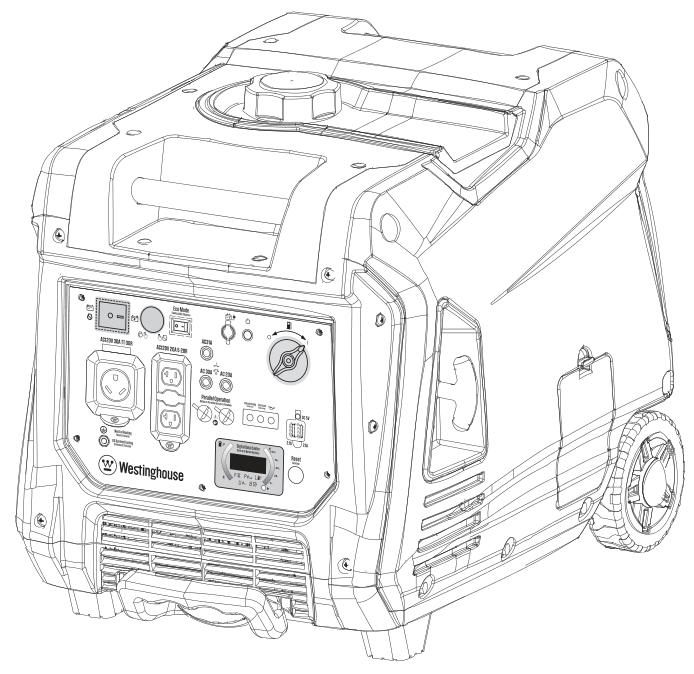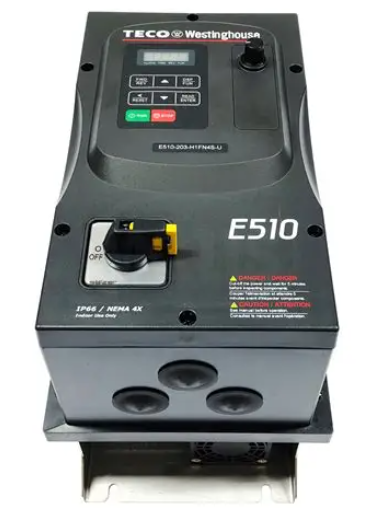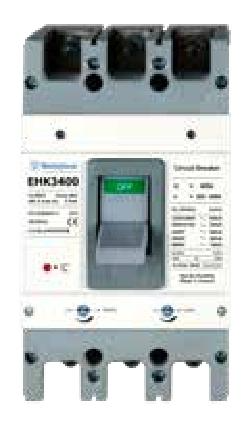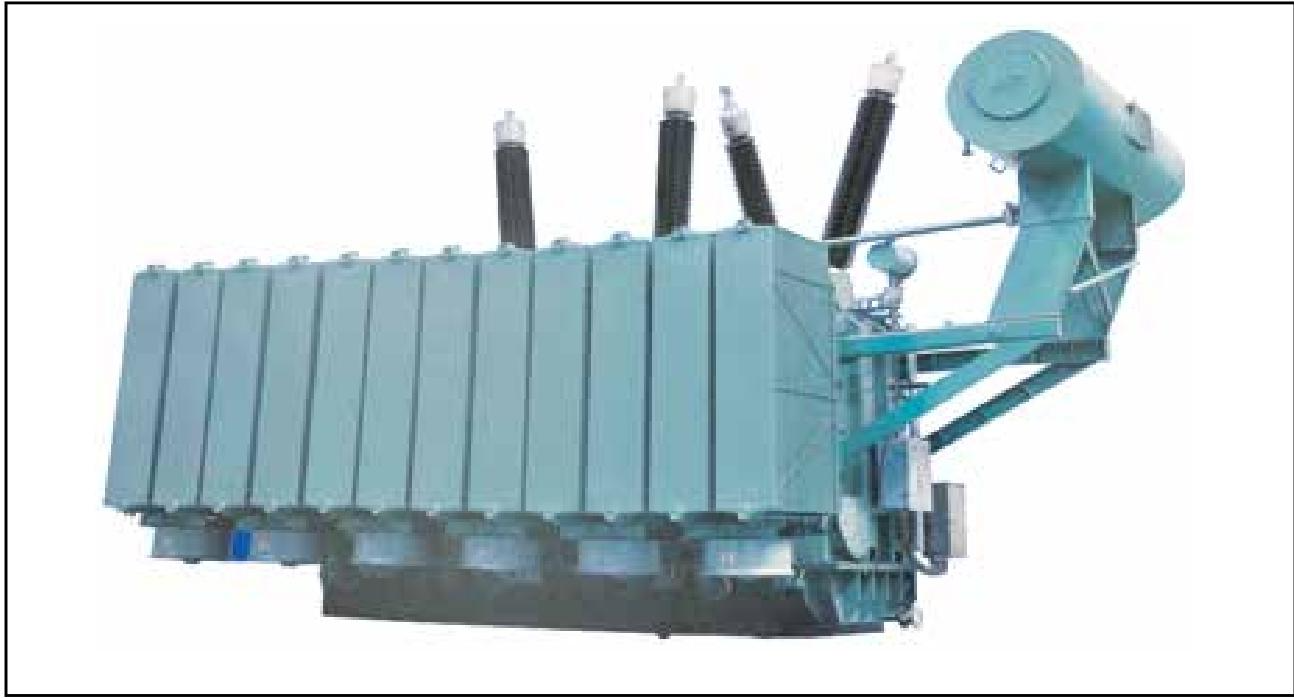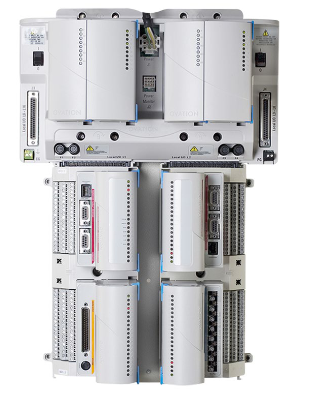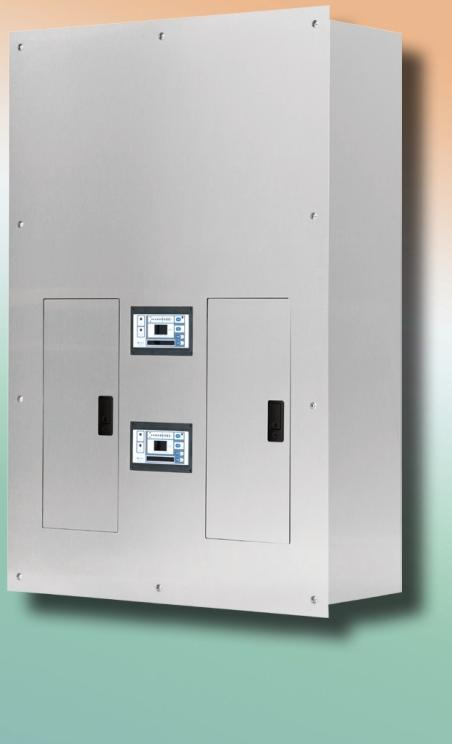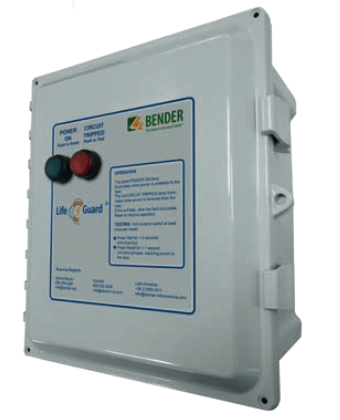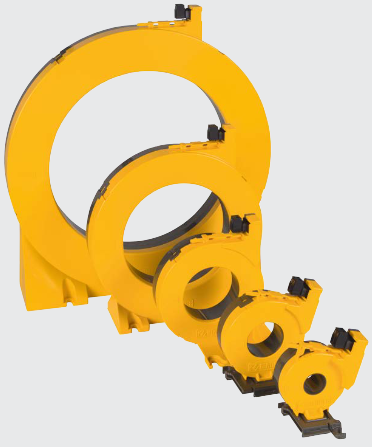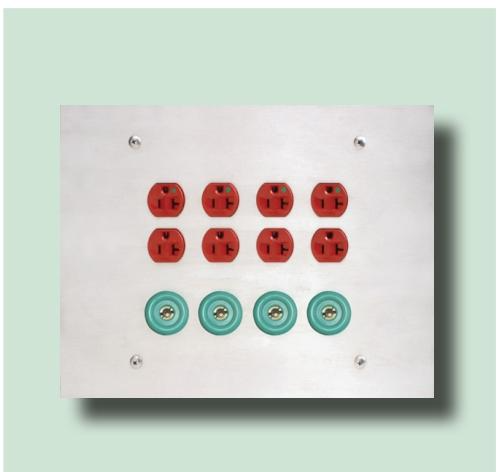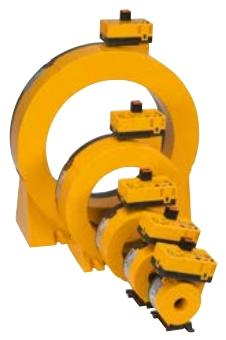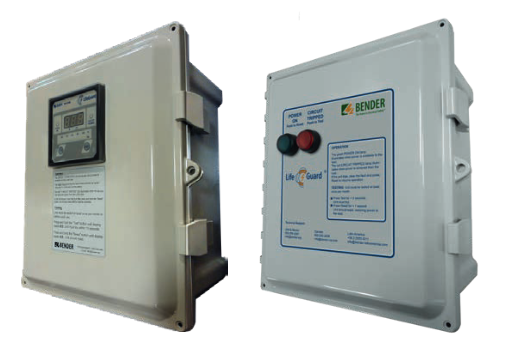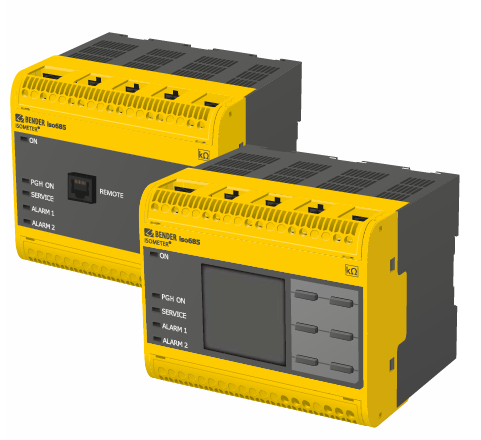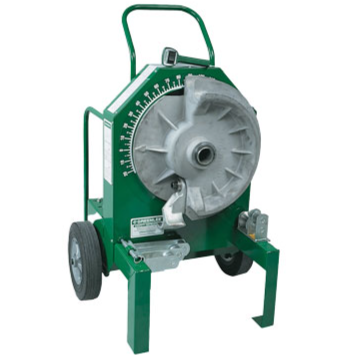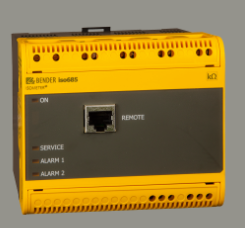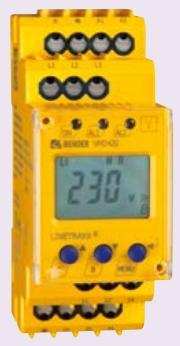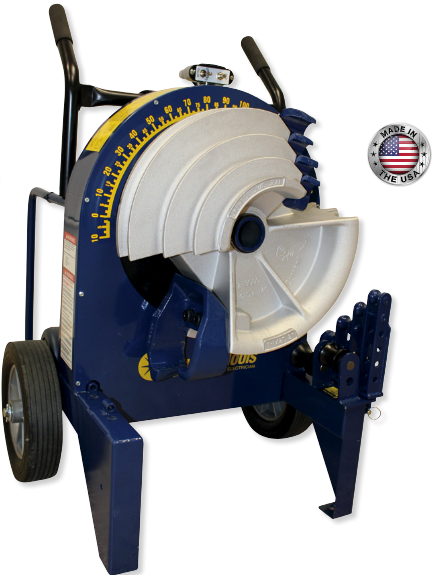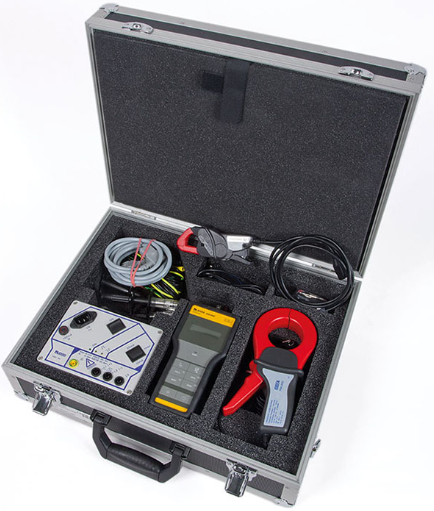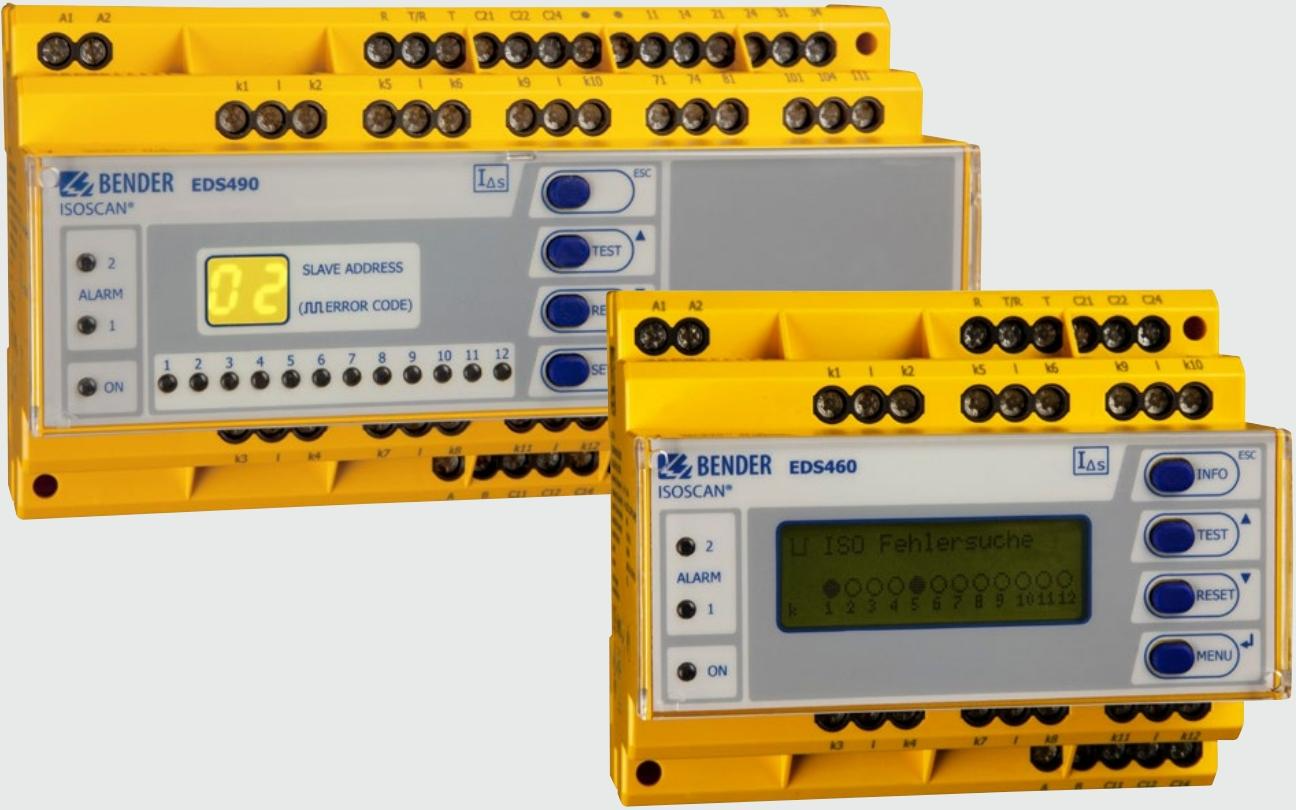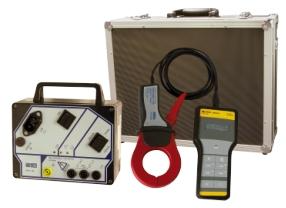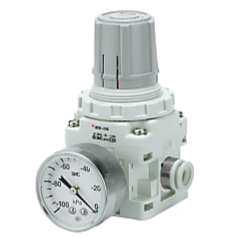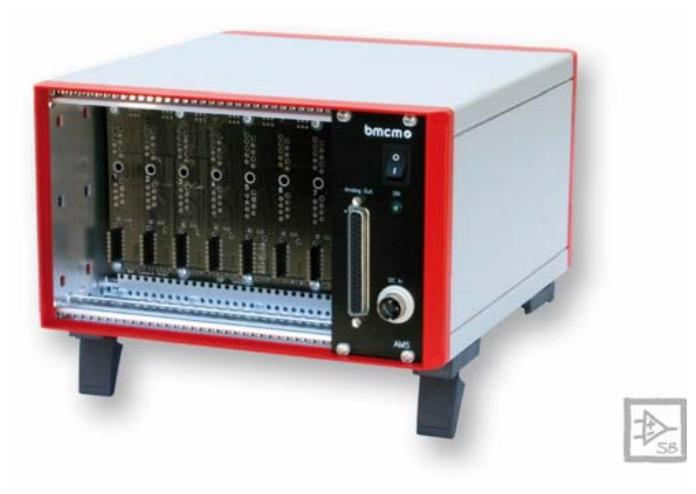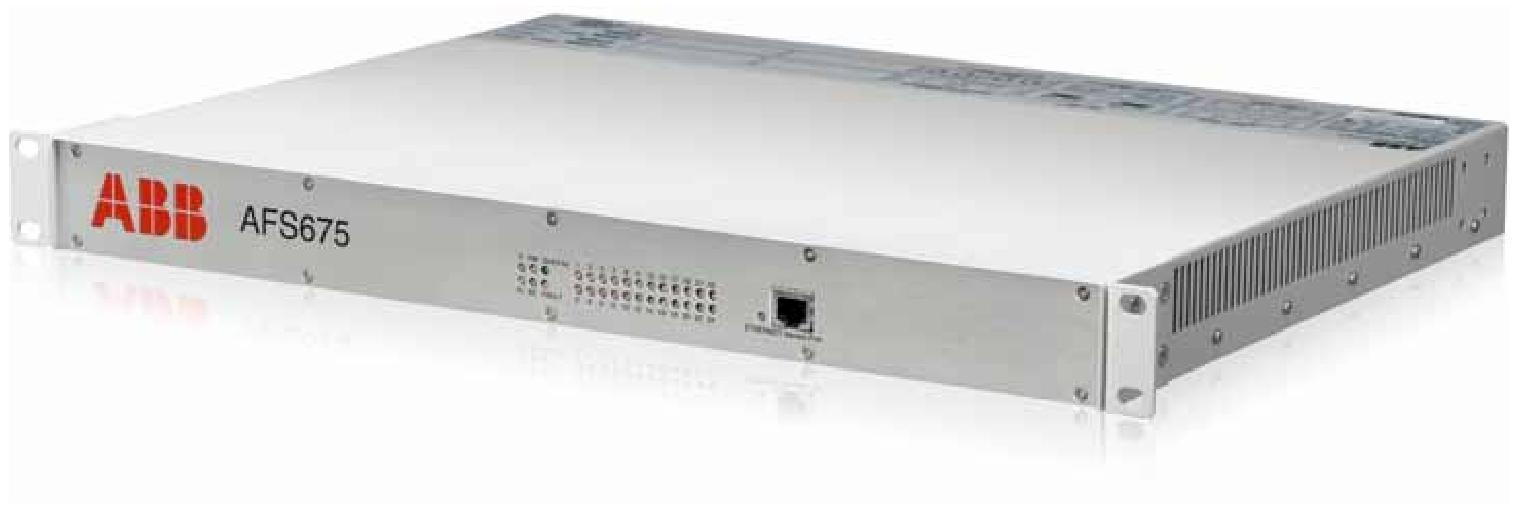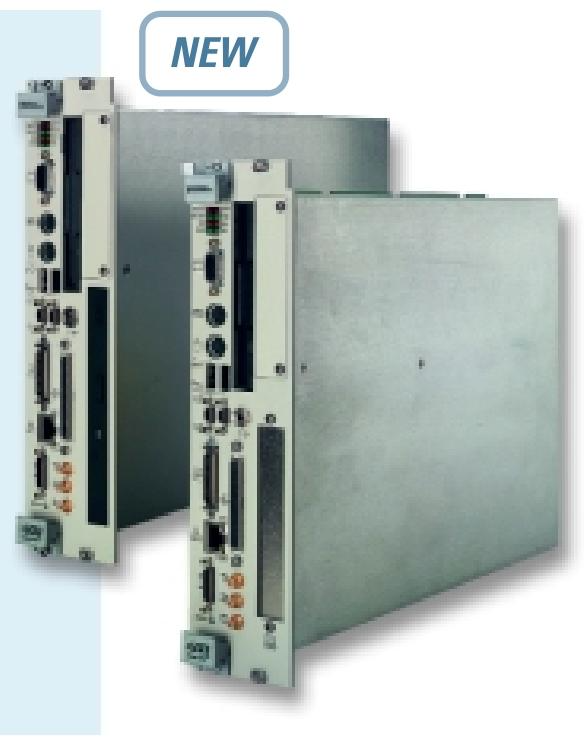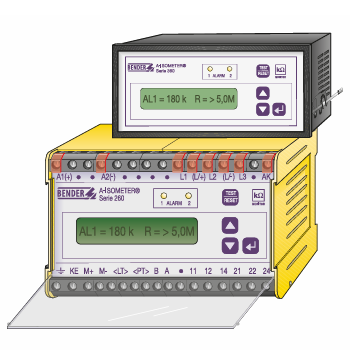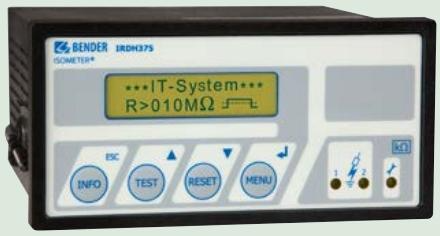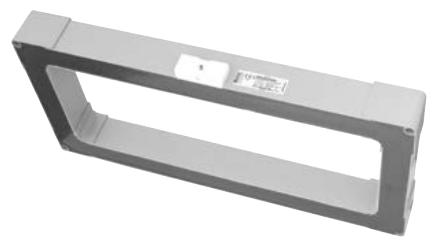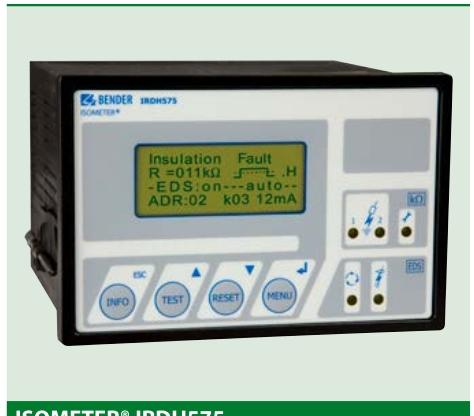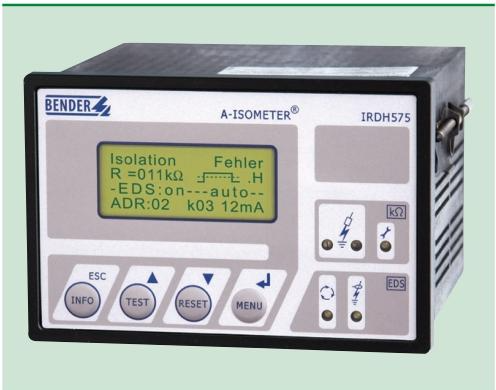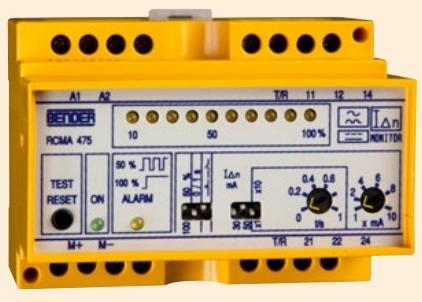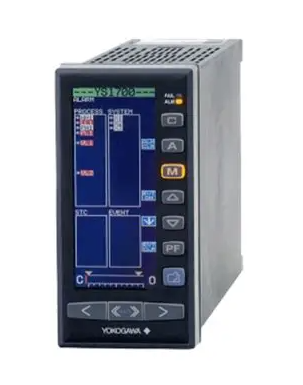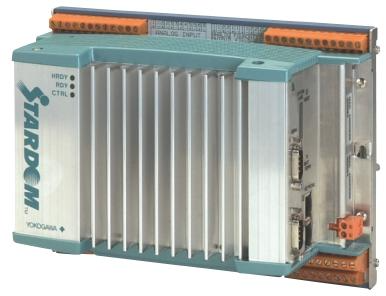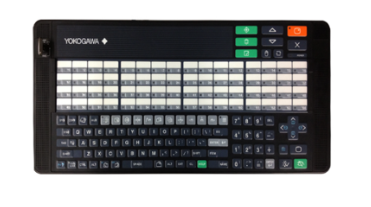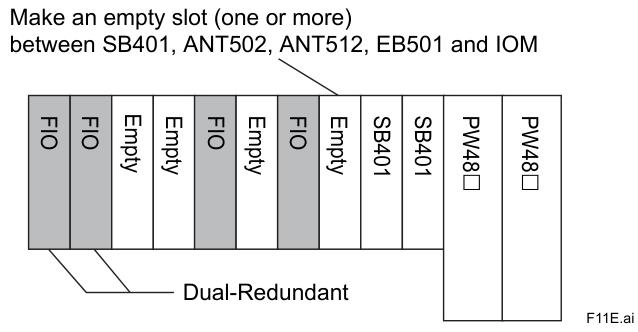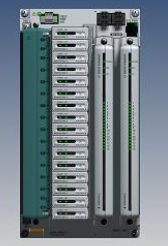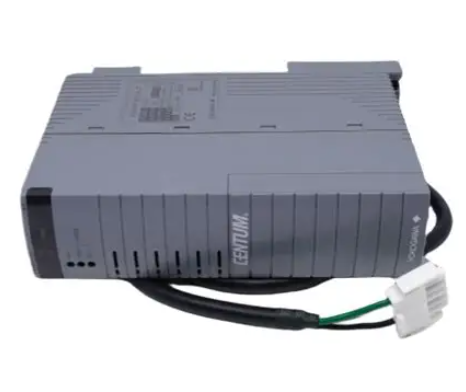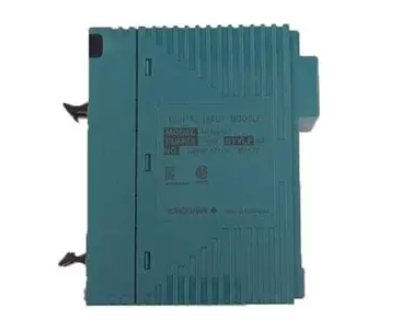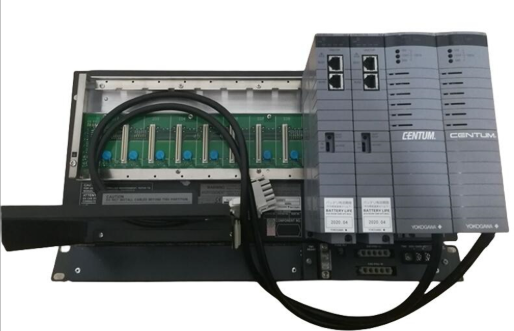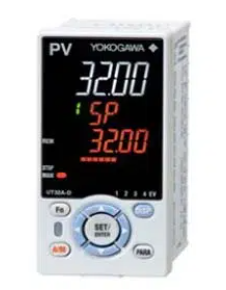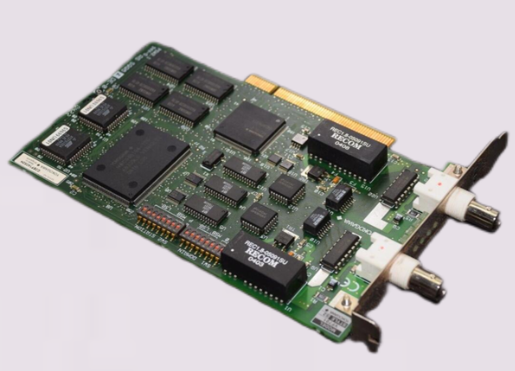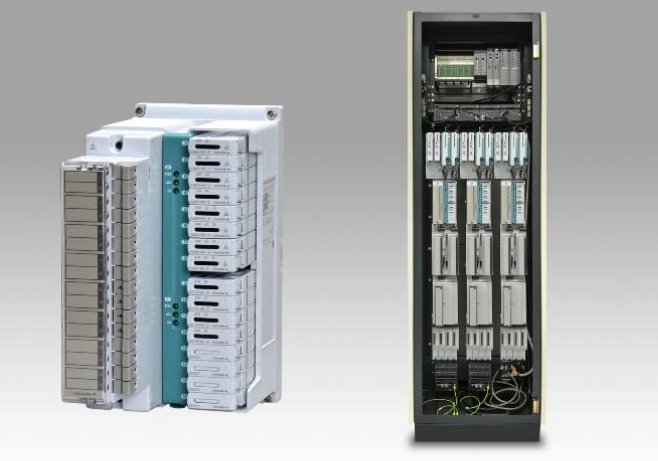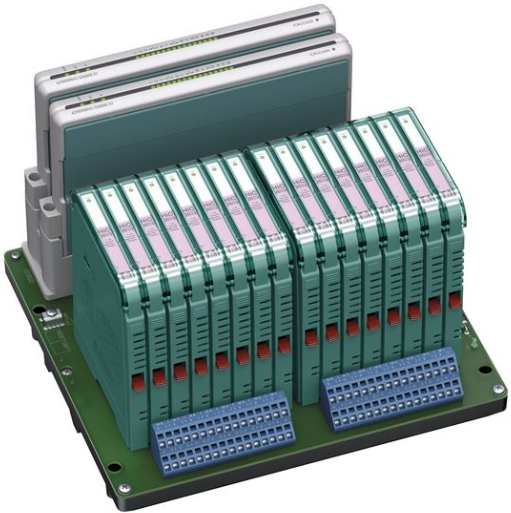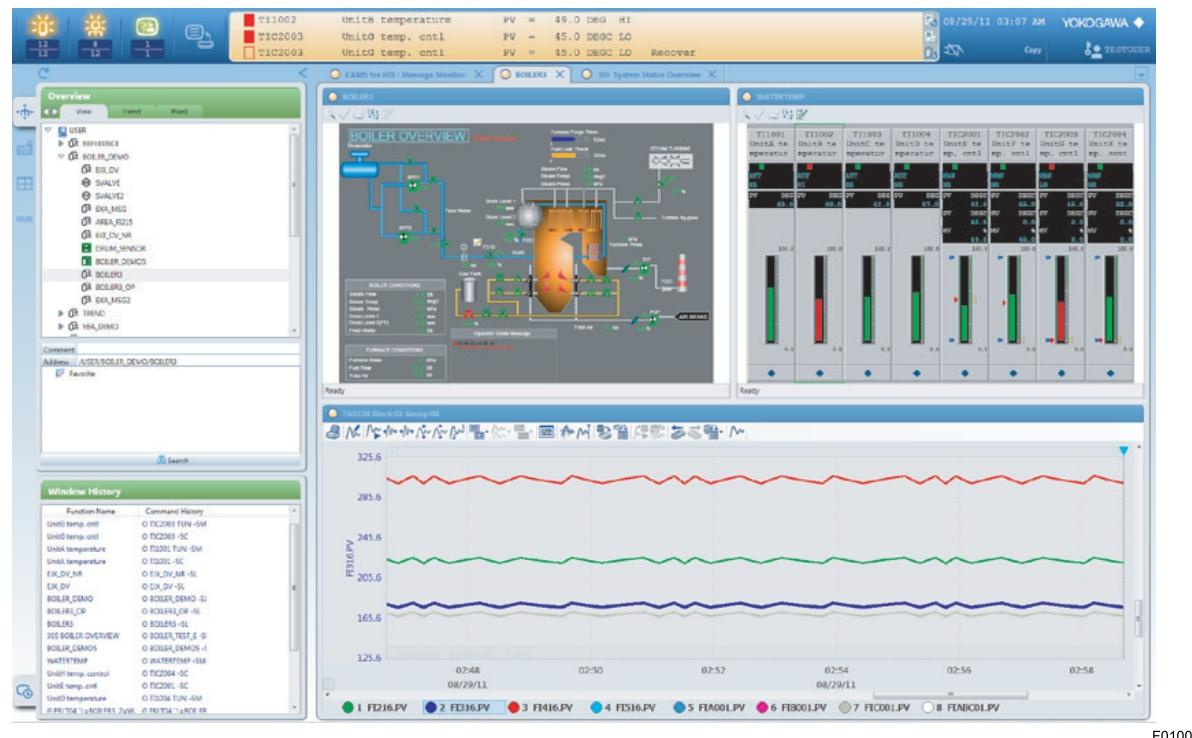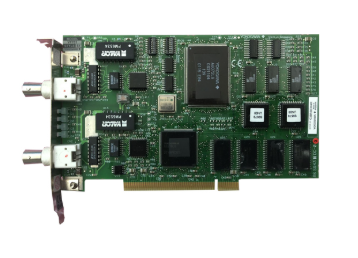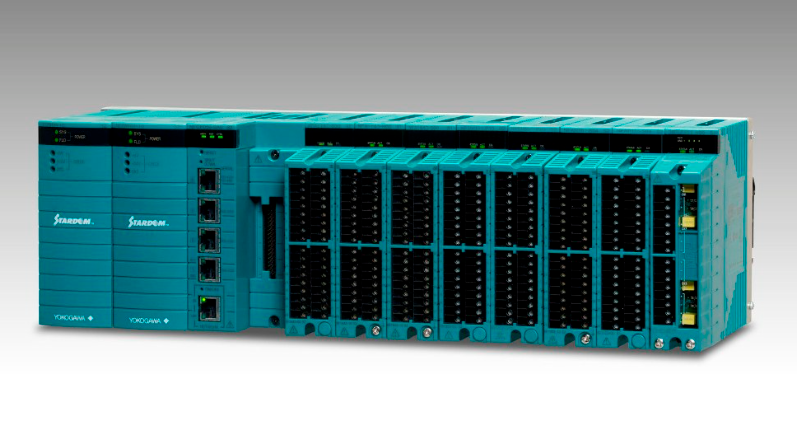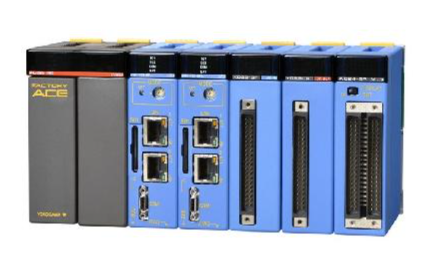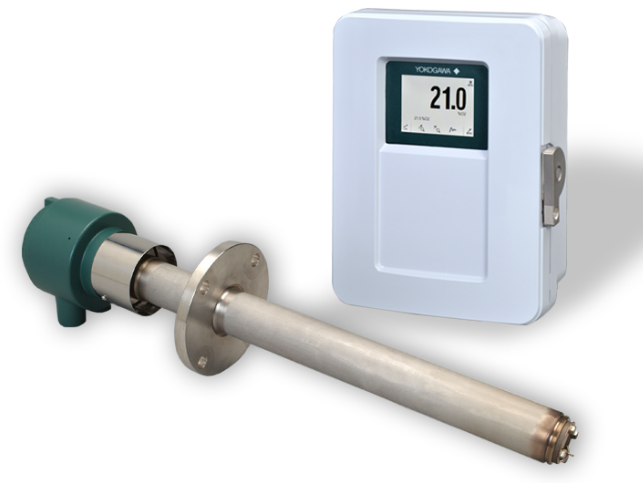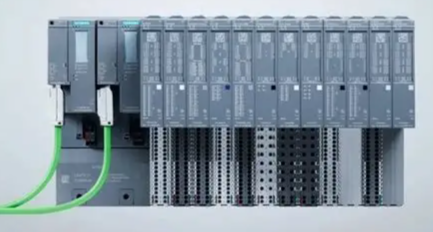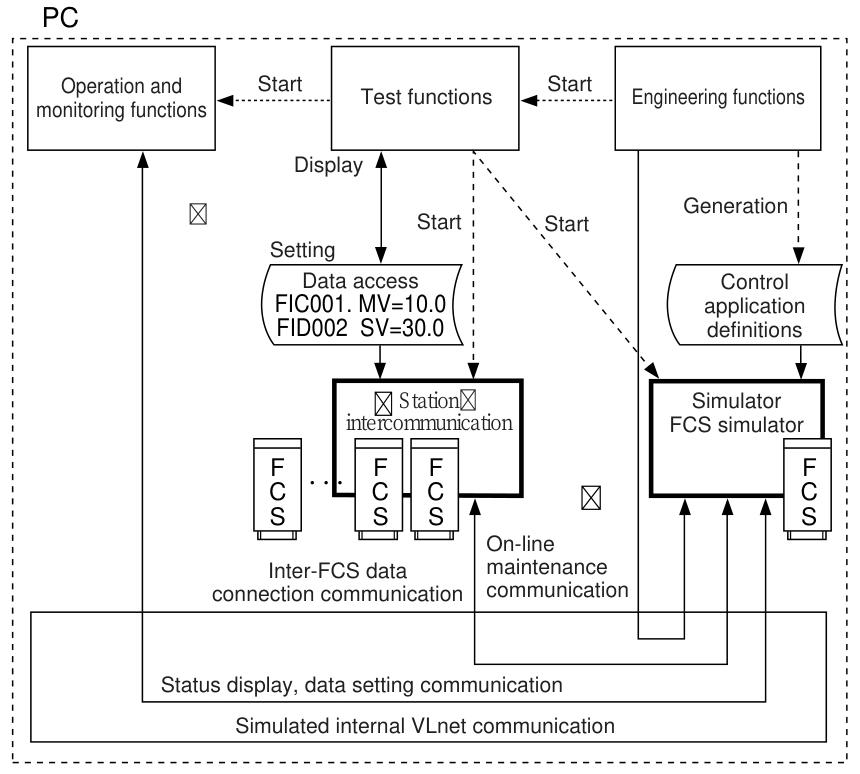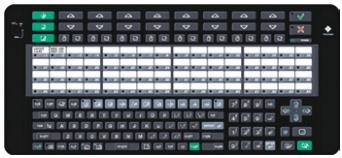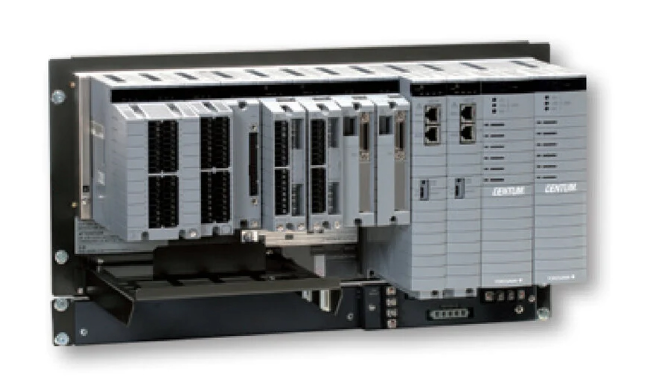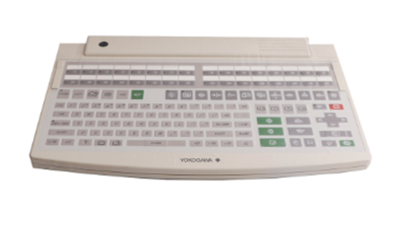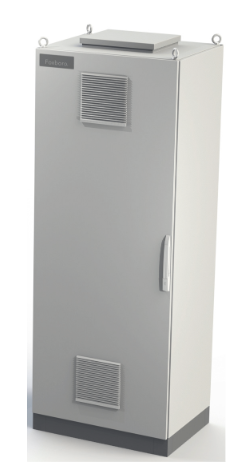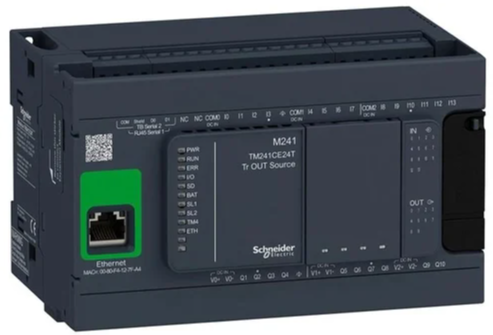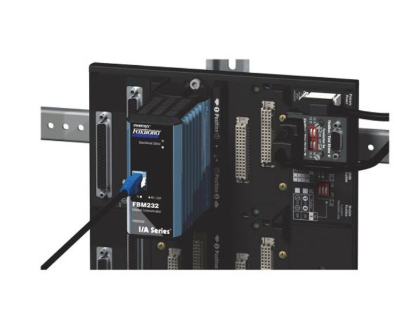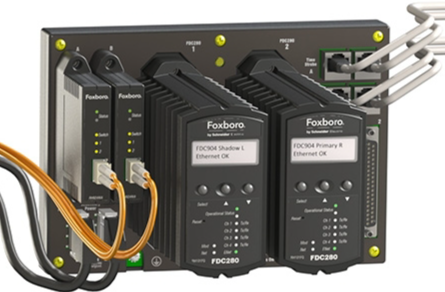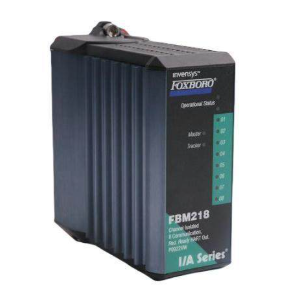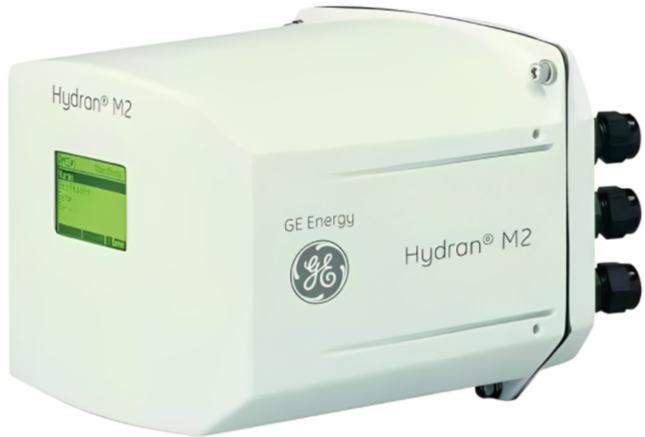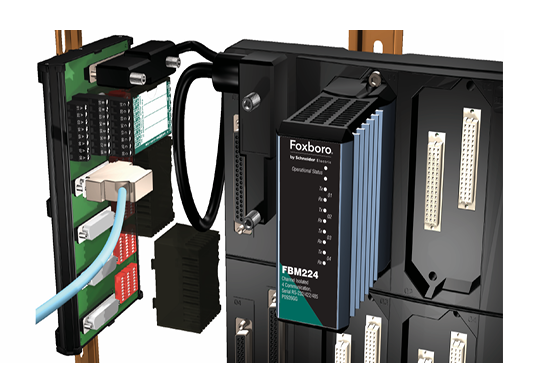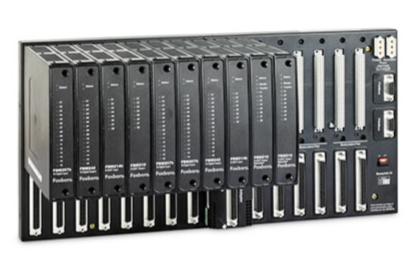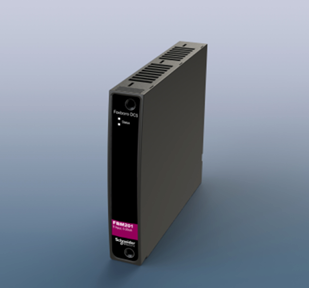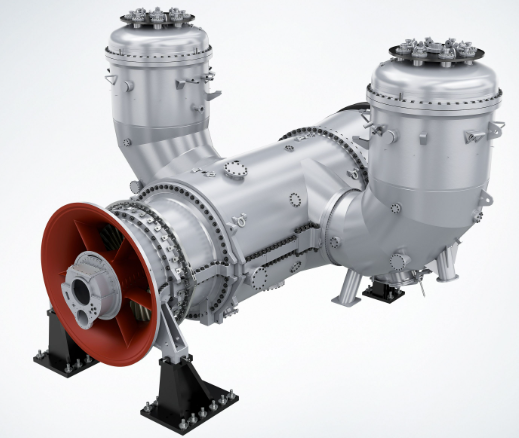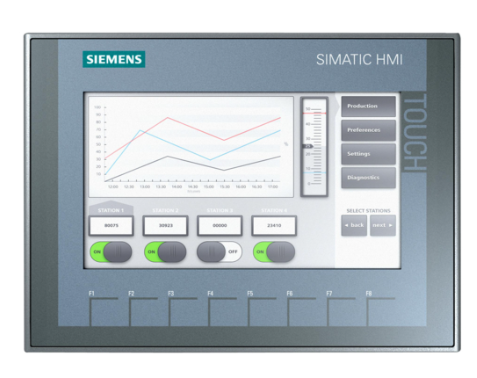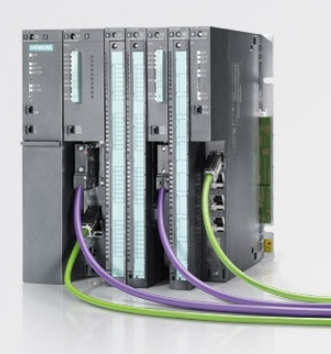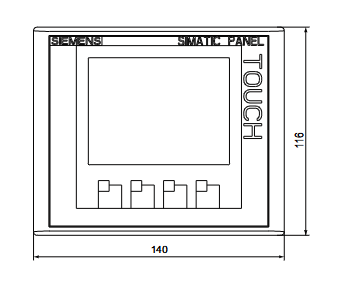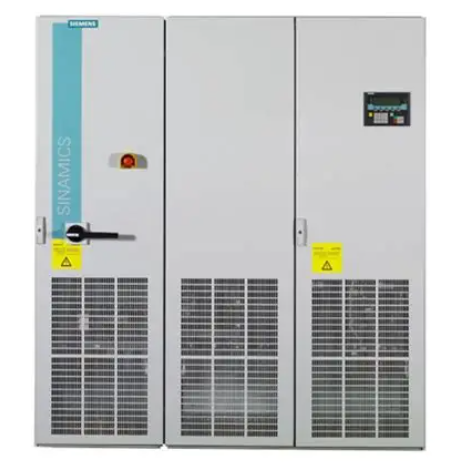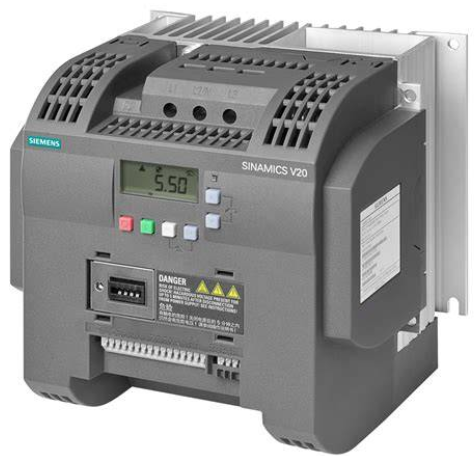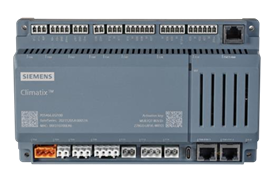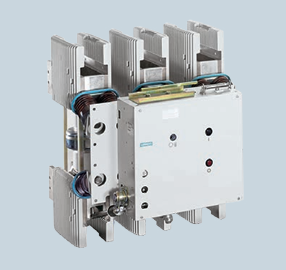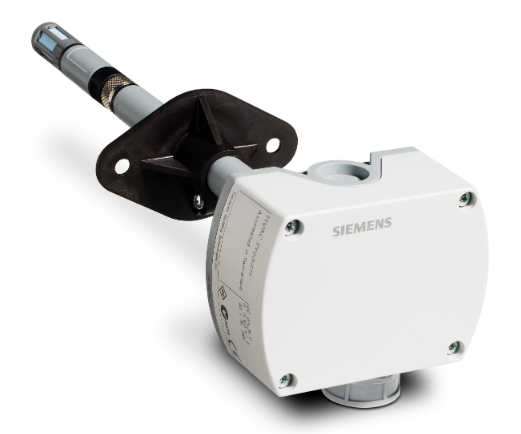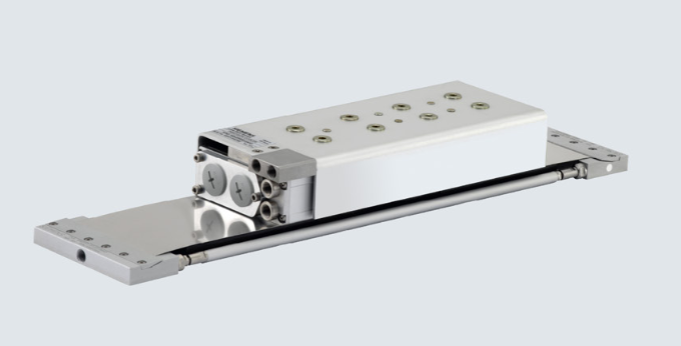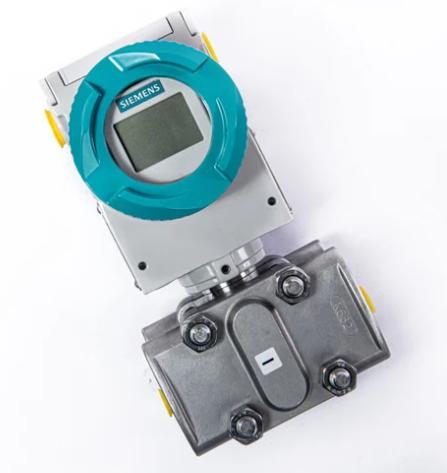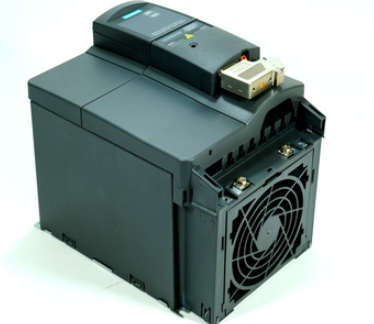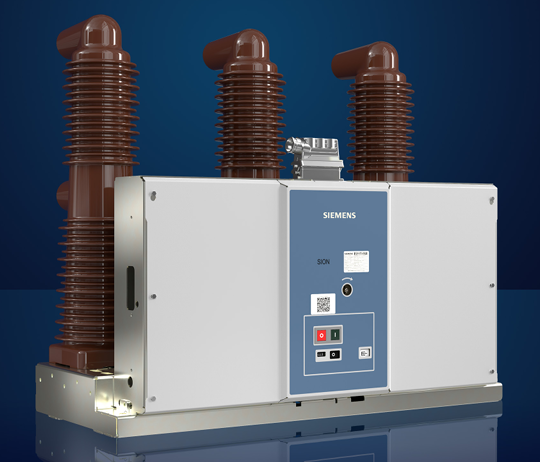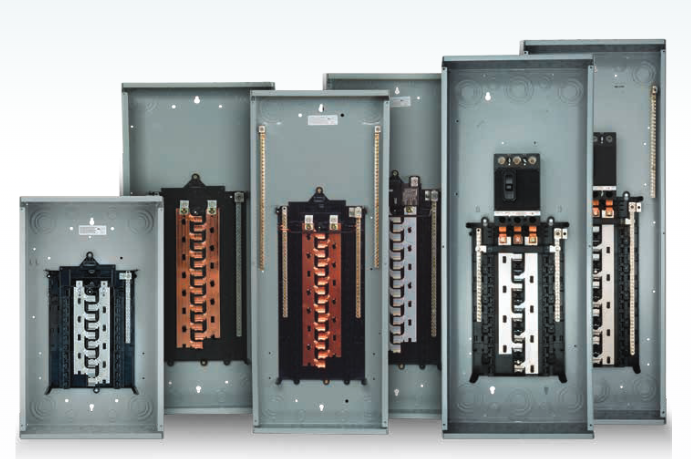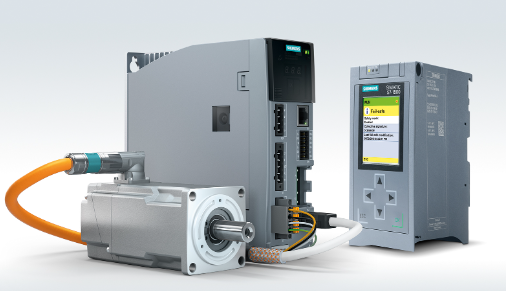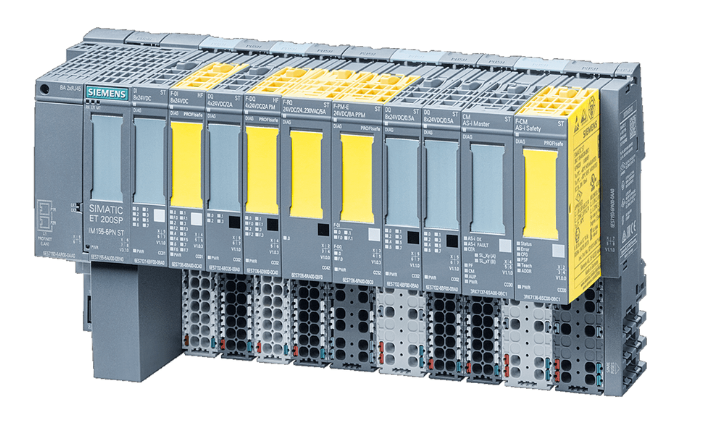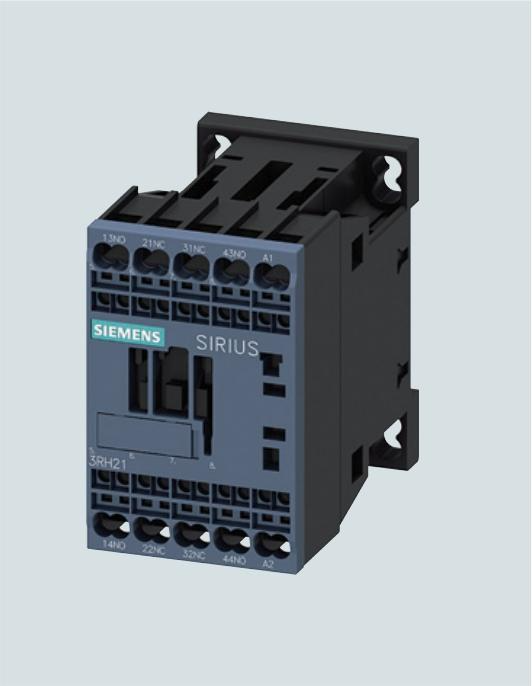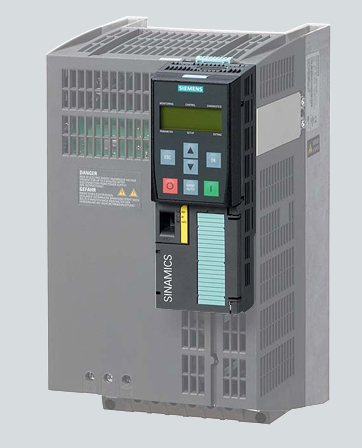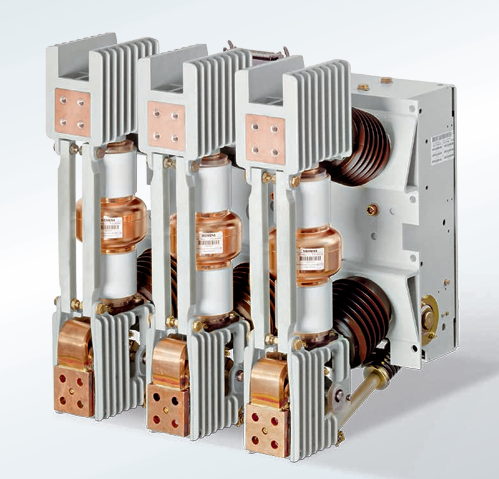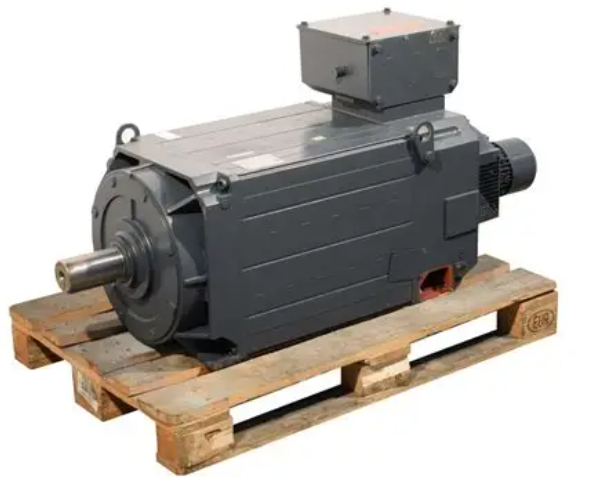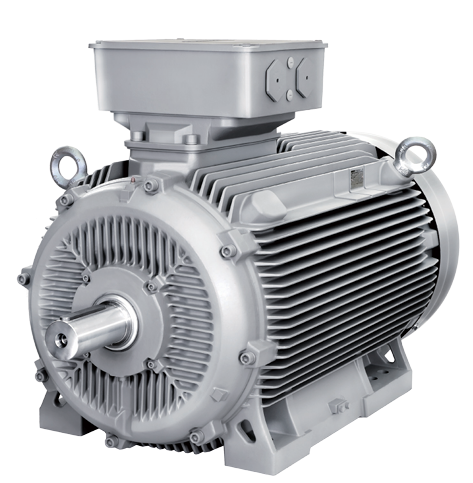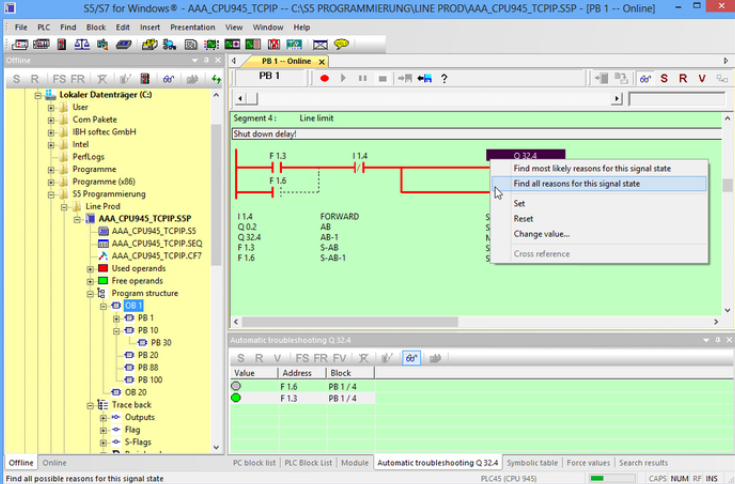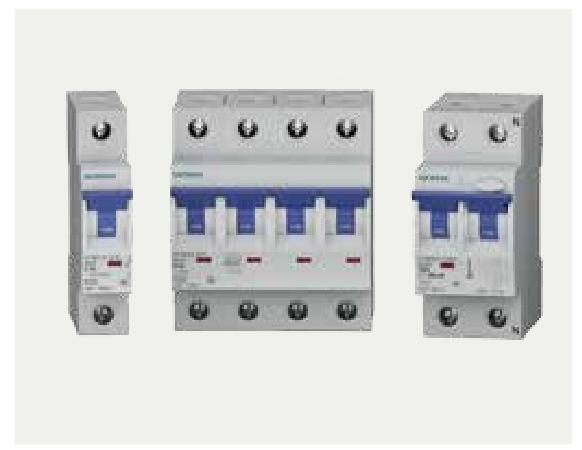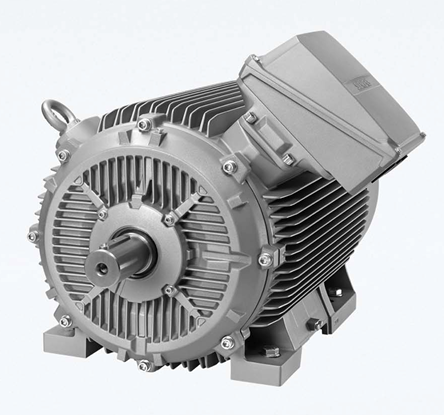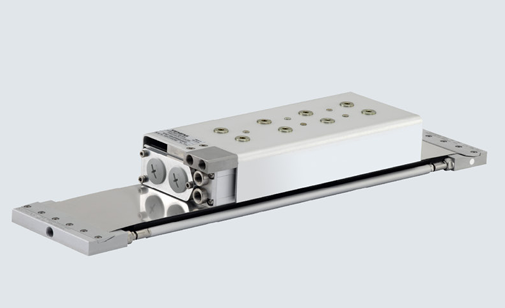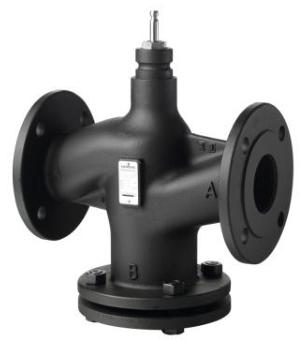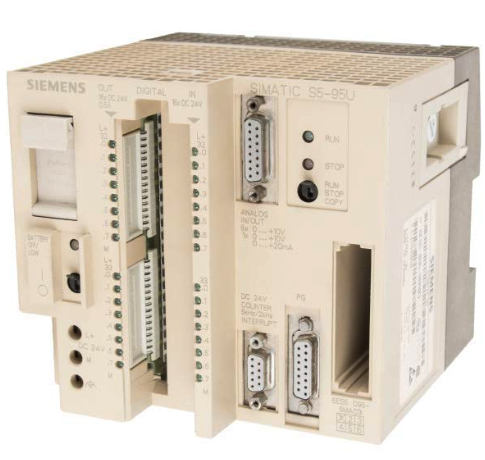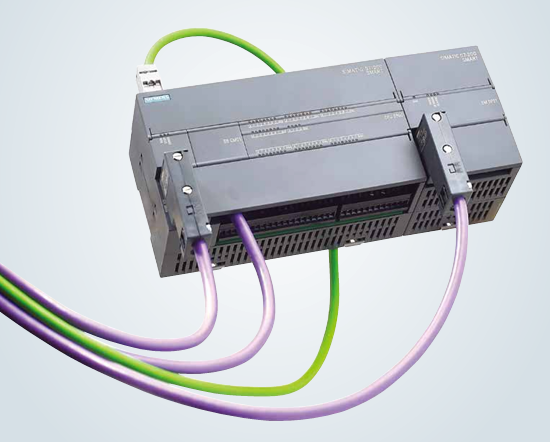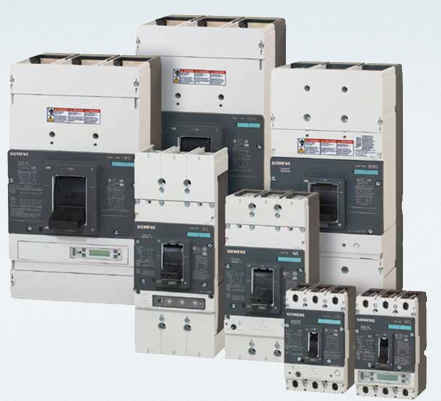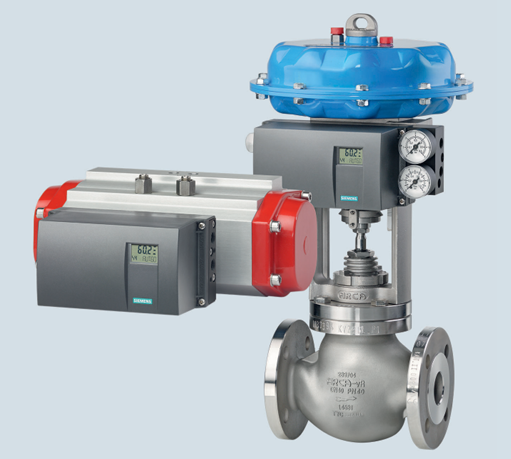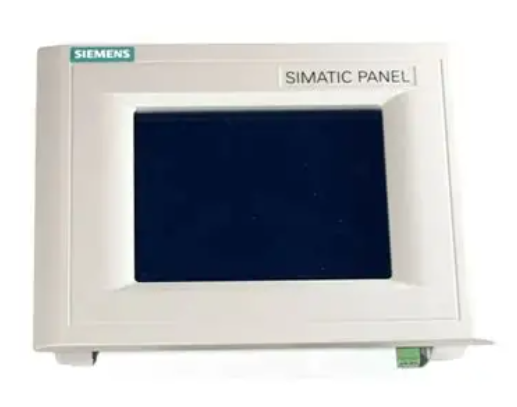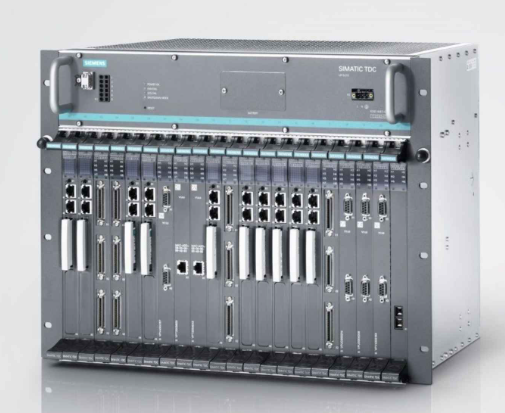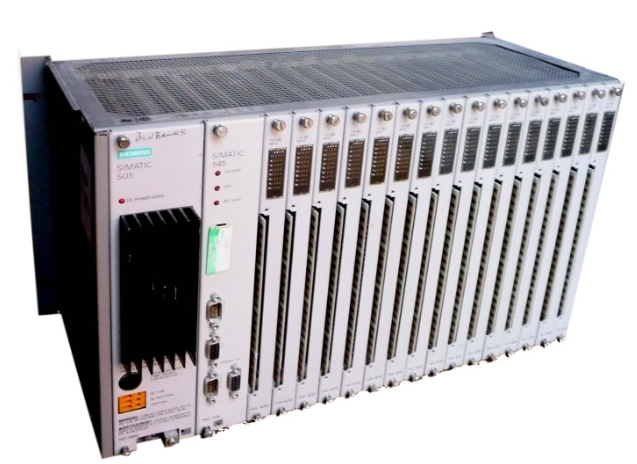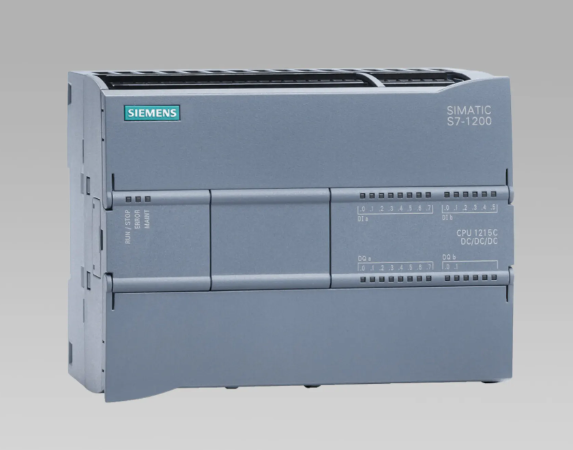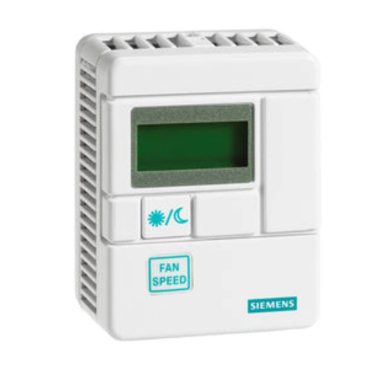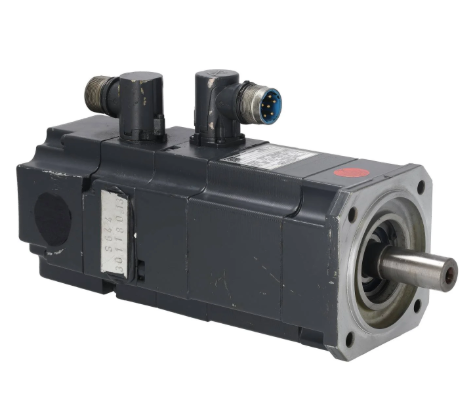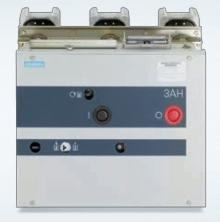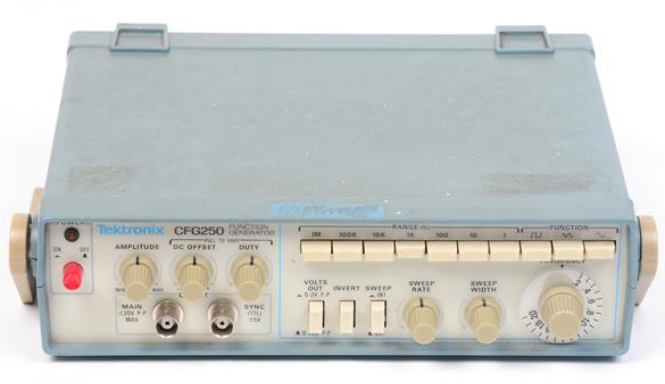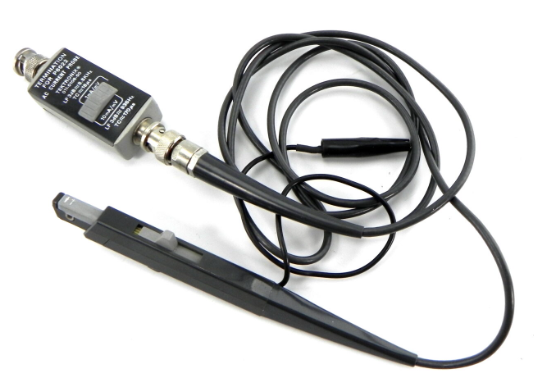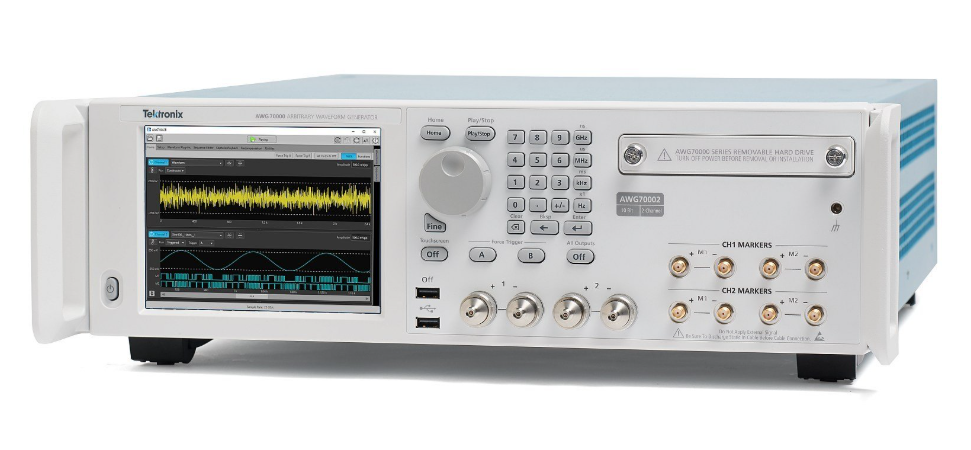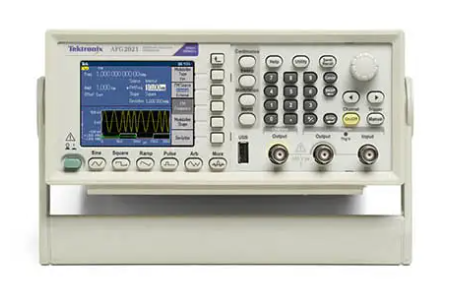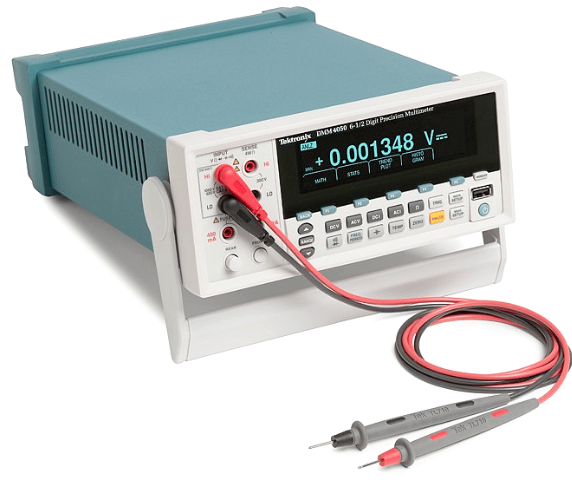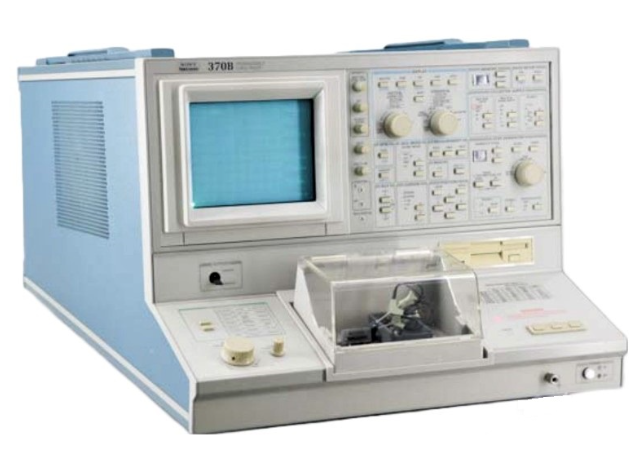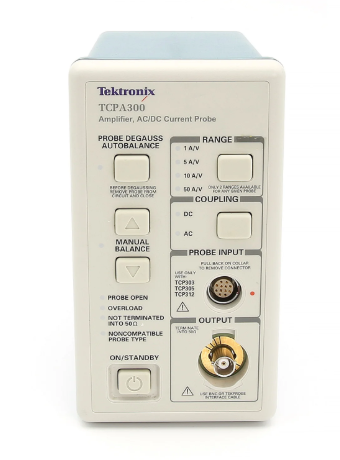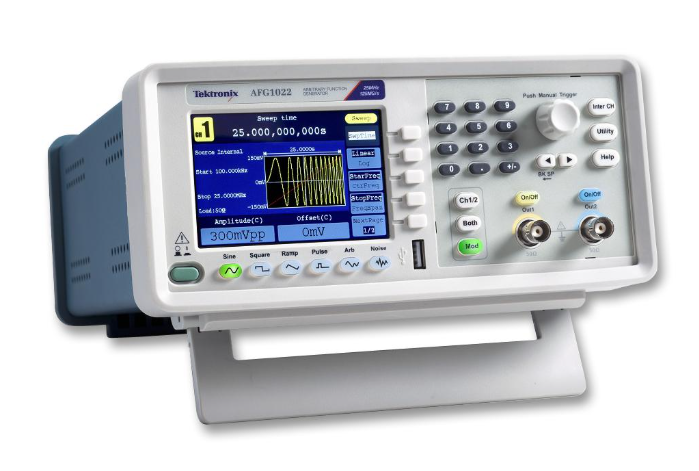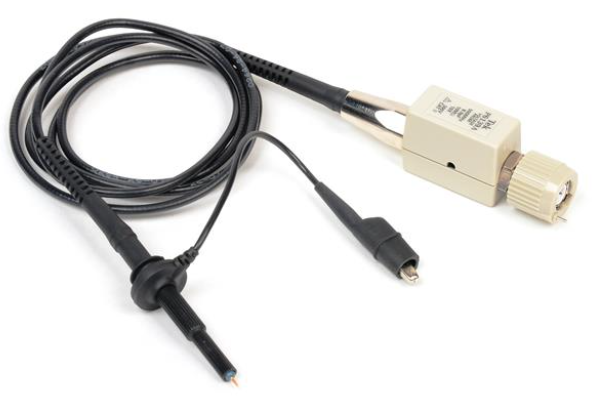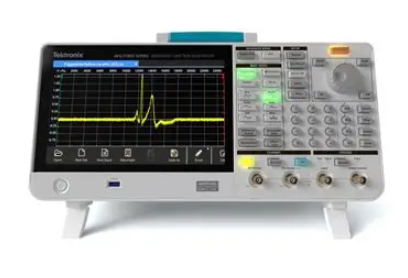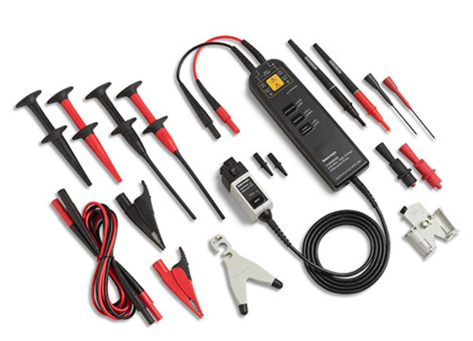

K-WANG


- Telephone:+86-15305925923
- contacts:Mr.Wang
- Email:wang@kongjiangauto.com
Manufacturers
ABB
Model(s)
ABB Advant Controller 31, ABB Advant OCS
Additional Information
16 inputs, 1 ms delayed input
Estimated Shipping Size
Dimensions: 3.0" x 3.0" x 9.0"
(7.6 cm x 7.6 cm x 22.9 cm)
Weight: 1 lbs 0.0 oz (0.5kg )
ABB GJV3075613R0202 Remote Binary Input Unit
Basic information
Model number: GJV3075613R0202, this is the model number identification of a Remote Binary Input Unit from ABB, which is used to acquire and transmit binary (on/off, high/low level) signals in industrial control systems and other scenarios.
Performance features
Signal Acquisition Function
High-precision signal acquisition: It is capable of accurately acquiring binary signals from external devices, such as trigger signals from sensors (e.g., signals generated by photoelectric sensors when they detect the passage of an object, trigger signals from limit switches, etc.). It has high detection accuracy of signals and can distinguish weak signal changes to ensure accurate acquisition of status information of external devices.
Compatible with a wide range of signal types: It is compatible with a wide range of binary input signals, including dry contact signals (e.g., opening and closing signals of mechanical switches) and active signals (e.g., high and low level signals output by certain electronic sensors). This compatibility allows it to be widely used for signal acquisition from different types of industrial sensors and equipment.
Remote transmission capability
Stable data transmission: the acquired binary signals are remotely transmitted to the control system or other related devices via a suitable communication interface (possibly wired, e.g. Industrial Ethernet, RS-485, etc.). During transmission, signal stability is maintained and signal interference and attenuation are reduced. For example, during long-distance transmission, signal enhancement technology and anti-interference measures are used to ensure that the signal reaches its destination accurately.
Communication protocol support: A wide range of industrial communication protocols are supported for seamless interfacing with different control systems. These protocols may include Modbus, Profibus and other common industrial protocols, making it easy to integrate into existing industrial automation systems for data sharing and interaction.
Reliability and Stability
Rugged Hardware Design: A rugged hardware design is used, with a housing that can withstand a certain degree of physical shock, vibration, and harsh environmental conditions (e.g., dust, humidity, etc.). The internal circuits are carefully designed to have good electromagnetic compatibility, enabling normal operation in complex industrial electromagnetic environments and reducing the impact of external interference on signal acquisition and transmission.
Redundant design (possible): Some functions may adopt redundant design, such as dual power inputs or backup communication channels. This redundancy design can ensure the continuity of signal acquisition and transmission when the main power supply or the main communication path fails, which improves the reliability of the whole system, and is especially suitable for industrial application scenarios with high requirements for continuity.
Configuration and Diagnostic Functions
Flexible Configuration Options: Flexible configurations can be made through software tools or hardware dip switches. For example, the type of input signal (dry contact or active signal) and the trigger mode of the signal (rising edge trigger or falling edge trigger, etc.) can be configured to suit different application requirements.
Fault diagnosis ability: with certain fault diagnosis function, it can real-time monitor its own working status and the abnormal situation during signal acquisition and transmission. When a fault occurs, such as abnormal input signals, communication interruption, etc., it can send out fault alarm signals in time and provide relevant diagnostic information (such as fault code, fault location, etc.) to help maintenance personnel quickly locate and solve the problem.
Application Fields
Industrial automation production line: In the industrial automation production line such as automobile manufacturing, machining, electronic equipment assembly, etc., it is used to collect the state signals of various equipments. For example, it collects the running status (start/stop) signals of conveyor belts on the production line, the switching status signals of protective doors of processing equipment, and the signals of material detection sensors, etc., and transmits these signals to PLCs (Programmable Logic Controllers) or other control systems for equipment monitoring and automation control.
Process control industry: in the chemical, petroleum, pharmaceutical and other process control field, used to collect binary status signals of process equipment. For example, it collects the switching status of the safety door of the reactor, the opening and closing status of the valves on the pipeline, and the signals of the liquid level switch, etc. It provides accurate equipment status information for the process control system, and ensures the safe and stable operation of the production process.
Intelligent building system: In the control system of intelligent building, it is used to collect binary signals of various devices in the building. For example, it collects the floor arrival signal of the lift, the door switch status signal of the access control system, and the lamp failure signal of the lighting system, etc. It transmits these signals to the building automation system to realise the intelligent management of the building equipment.
In the field of transport: in the rail transit system, it is used to collect the opening and closing status signals of train doors, the position signals of track turnouts, etc. In the traffic signal control system, it is used to collect the status signals of traffic signals, providing data support for the safe operation and monitoring of the transport system.
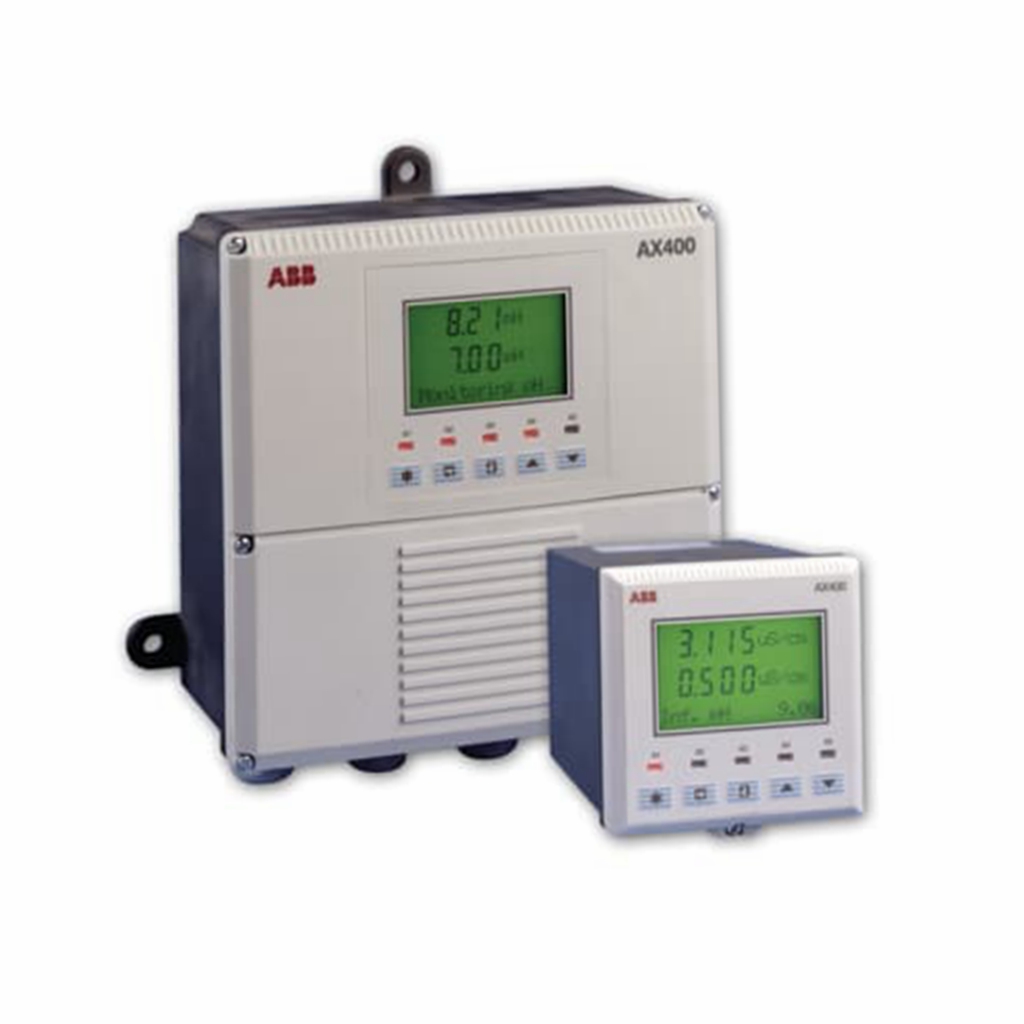
| User name | Member Level | Quantity | Specification | Purchase Date |
|---|







